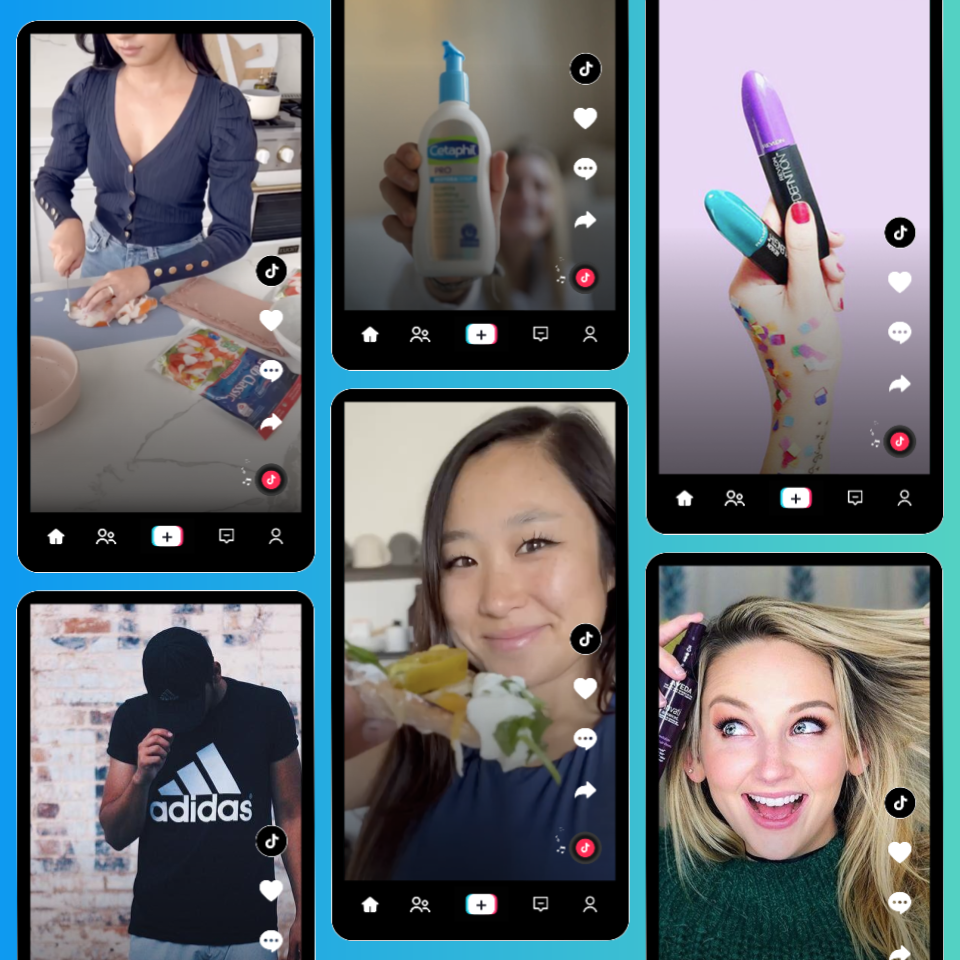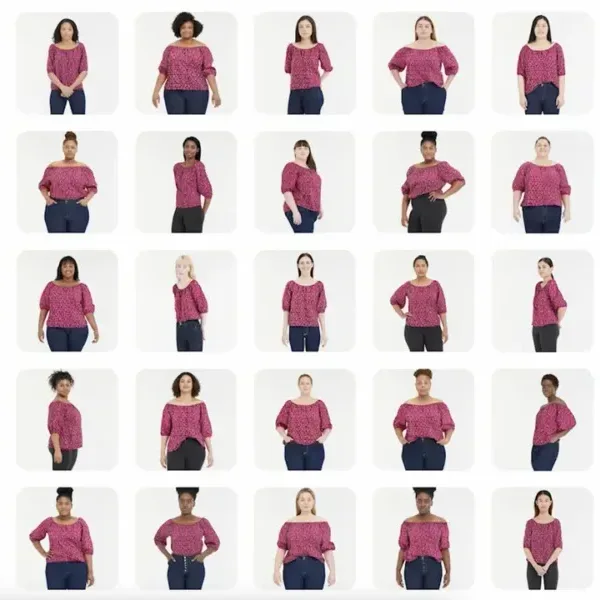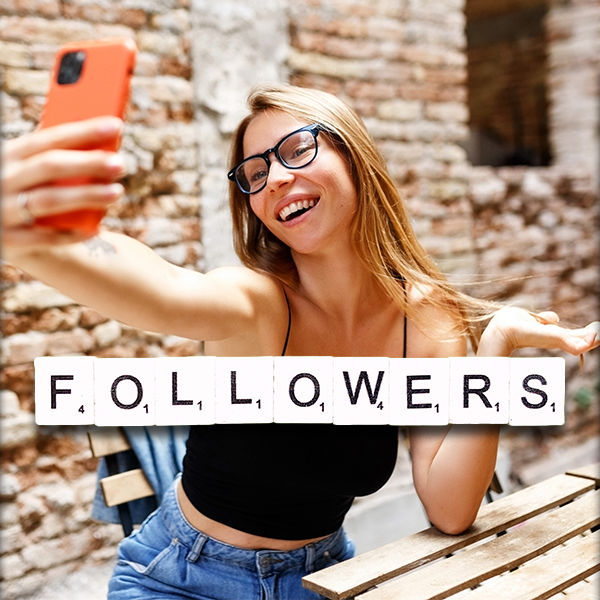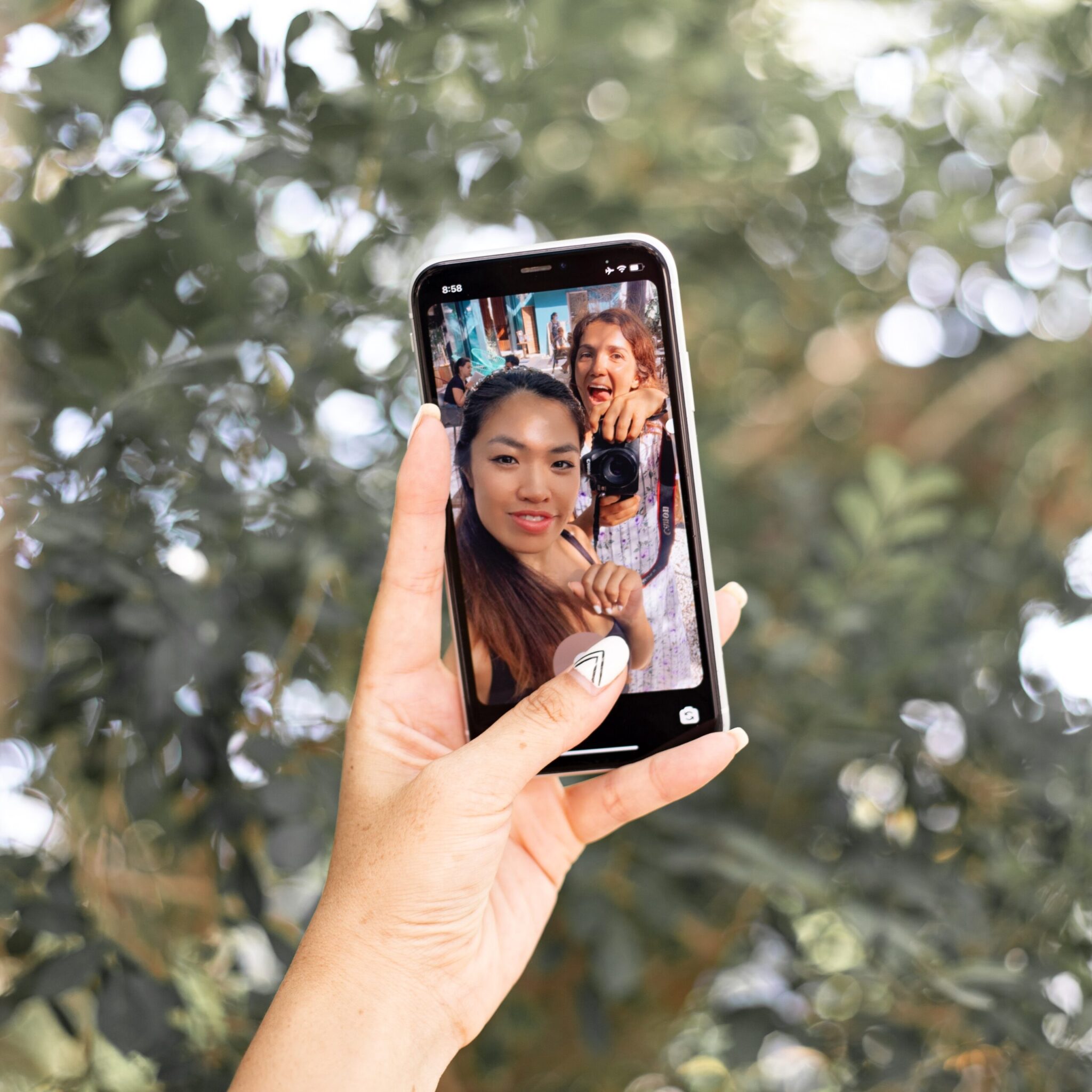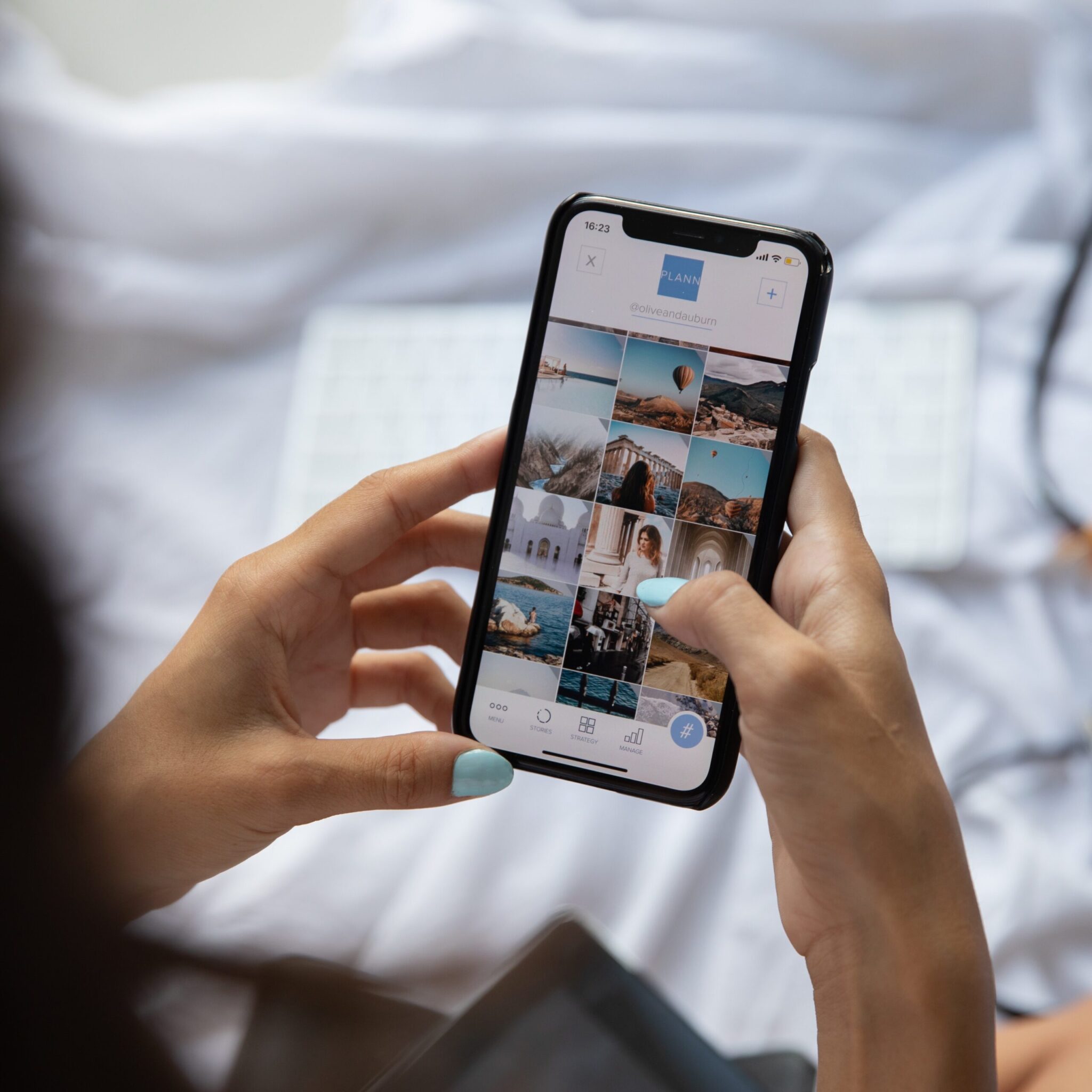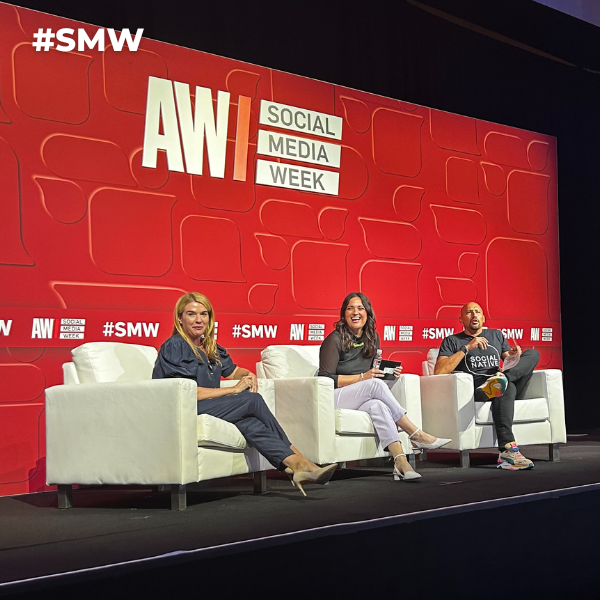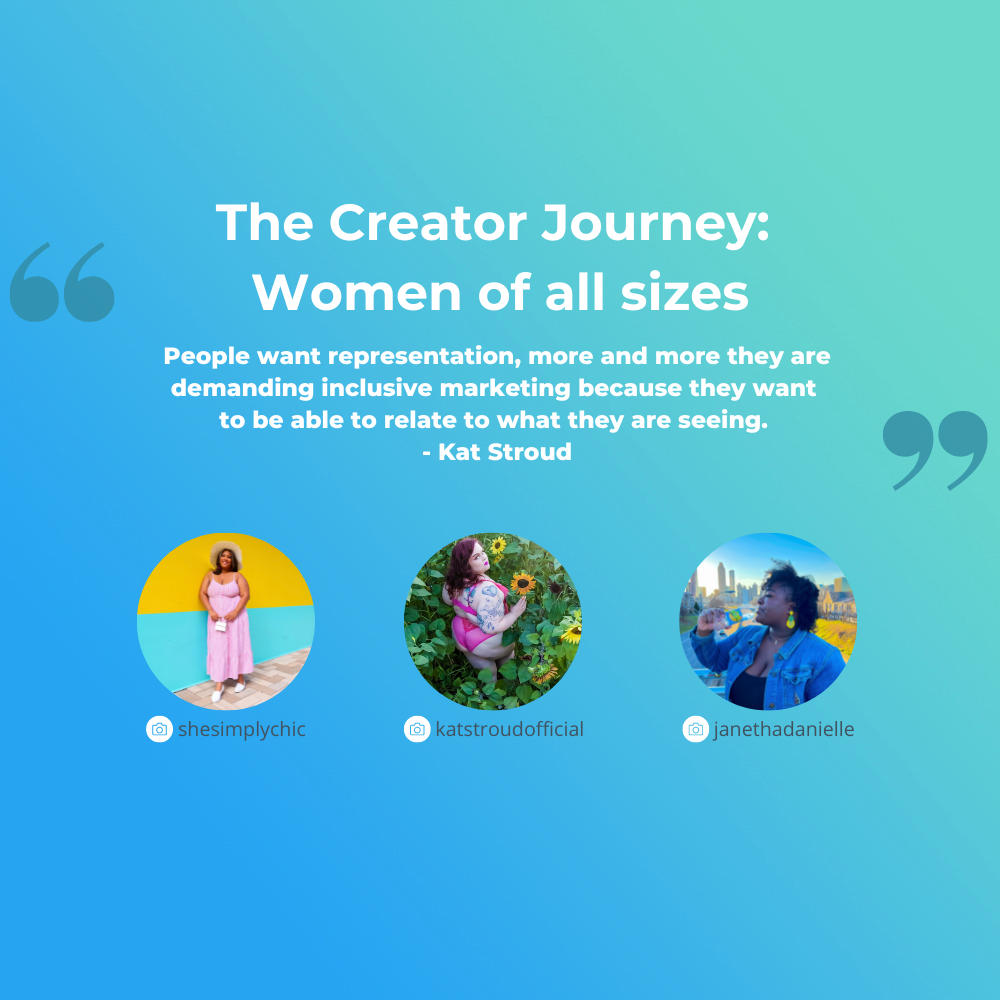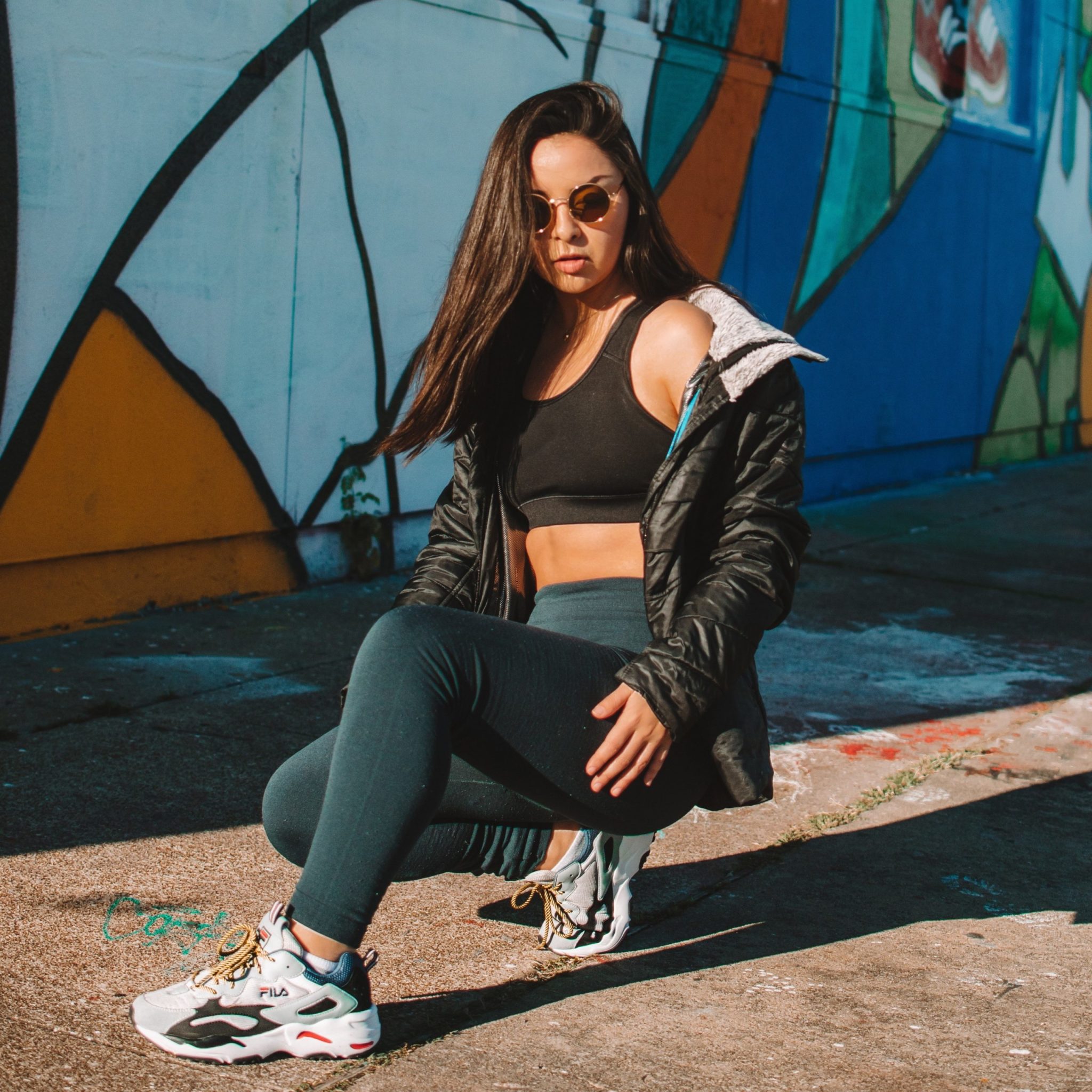More than ever brands need to accurately reflect the identities of each and every target consumer. Today’s consumer journey is overwhelmingly visual, and for ecommerce brands, choosing the right influencers to best represent your brand can be a complex task. When deciding to work with different sizes of influencers or influencer tiers, it’s important to clearly define goals and prioritize KPIs, as there are pros and cons to every influencer tier. Some of the most popular benefits of micro-influencers is that they are cost-effective and known to have higher engagement levels than their larger counterparts. For brands looking to capture Gen Z’s attention and get ahead of competition, there are countless ways to leverage micro-influencers.
What is a micro-influencer?
- Nano-influencers: 1,000-10,000 followers
- Micro-influencers: 10,000-100,000 followers
- Mid-tier influencers: 100,000-500,000 followers
- Macro-influencers: 500,000-1 million followers
- Mega-influencers: Over 1 million followers
Micro-influencers are influencers who entertain an audience of around 10,000 to 100,000 followers. The follower criteria for micro-influencers can vary by platform, but all marketers agree that micro-influencers are “smaller” influencers in comparison to macro-influencers, mega-influencers, and celebrity influencers.
Top benefits of micro-influencers
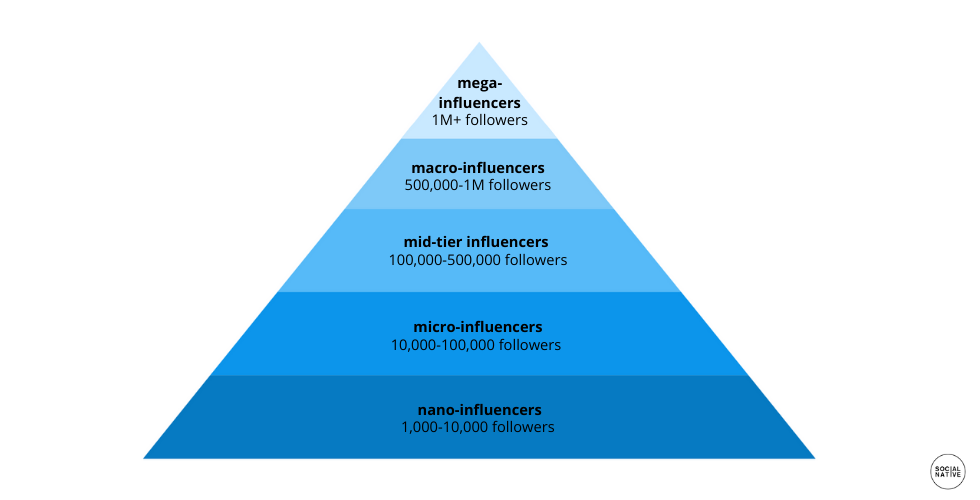

Below, we break down nine benefits of micro-influencers and why they are an effective tool for ecommerce marketing:
1. Test new markets & appeal to hard-to-reach audiences
Partnering with micro-influencers can allow brands to reach consumers in specialized audiences without investing mega bucks in experimental markets. Perrier wanted high-quality content that would appeal to a wider range of buyer personas and demographics. With the help of Social Native, the beverage brand partnered with Instagram creators ranging from artists and world travelers to beach bums and ski enthusiasts. Perrier saw a 3.8% higher conversion rate from interactions, and Perrier’s ecomm site doubled its return visitor rate. Working with micro-influencers allows brands to quickly tap into niche communities and assess emerging markets without a long-term commitment.
2. Off-the-cuff approach
Studies show 84% of consumers trust online peer reviews as much as recommendations from friends. Further, 63% of consumers trust what influencers say about brands more than what brands say about themselves. Creators are breaking through the noise of over-commercialized ads with relatable content. In the creator era where anyone can go viral, building trust and authentic messaging is crucial. Micro-influencers create content with a real-life perspective, by storytelling in an unpolished and spontaneous manner. Larger creators have similar methods of authentic storytelling, but they are primed to reach the masses and may not be successful at conveying detailed messaging. Celebrity or mega-influencers may also not have the desire to dive deeper into certain topics, for fear of positioning themselves against followers with differing interests. In contrast, micro-influencers are able to initiate more intimate conversations with their niche audiences.
3. Specialized interests offer greater depth
One of the most notable benefits of micro-influencers is the niche content they provide. While they may not have millions of followers, micro-influencers nurture high-targeted communities centered around their pursued passion. For example, a crafts supplies store might want to partner with influencers to drive traffic to their ecommerce site ahead of a big sale. A sewing micro-influencer with 18,000 followers who regularly hosts DIY tutorials and livestreams, will likely provide more value to the campaign than a macro-influencer with ranging fashion and beauty interests. Collaborating with micro-influencers who are already experts in your category is an excellent way to generate high-trust and increase conversions for your ecommerce brand.
4. Low cost, high ROI
Activating a large volume of micro-influencers will generate positive results at a fraction of the cost of a mega-influencer marketing campaign. Many brands rely on micro-influencers for product reviews, unboxings, demos, images, etc. Even large brands that pay five to six figures for a post from a mega-influencer look towards micro-influencers to generate relatable content sustainably. While micro-influencer campaigns tend to have a lower collective reach than larger influencer activations, micro-influencers offer a much greater depth of reach and demonstrate impressive conversions.
5. Local impact with geo-targeting
For companies looking to build awareness locally, micro-influencers are generally more effective at geo-targeting due to their tight-knit followings. Many micro-influencers are also local influencers, in that they localize their content and audience to a specific geographical area. Collaborating with smaller local businesses and attending community events, are great ways for micro-influencers to gain followers and build recognition. There are many ways for brands to find local micro-influencers (like searching hashtags and tagged locations), but enlisting the help of a leading creator content marketplace like Social Native will ensure your company works with relevant, on-brand micro-influencers in your desired area.
When West Elm opened 12 stores across the US, the furniture retailer launched a micro-influencer campaign to generate community awareness. Working with micro-influencers who were active in their communities, West Elm drove in-store traffic during the opening weekends in a seemingly organic, word-of-mouth approach. Activating creators with targeted audiences—instead of influencers with global followings—let West Elm achieve depth in their strategy and connect with consumers on a 1:1 basis.
6. High engagement & focus group insights
Brands can not use social media like a megaphone to reach the masses. Users are quick to engage and share their thoughts on products and brand values. Influencers sit at the forefront of this two-way communication, as conversation drivers and trendsetters in their niche. Micro-influencers are even more likely to engage with their followers by answering questions and leading conversations in comment sections. Not only does this build trust and serve to educate potential customers on product features, company values, etc., but it provides a focus-group response for brands to evaluate. Top social media influencers do not always have the time to respond to feedback and interact with followers on a personal level, which is why brands focusing on engagement over reach are best positioned to work with micro-influencers.
7. Potential for long-term brand advocacy
Investing in micro-influencers allows brands to discover genuine brand advocates and foster lasting partnerships. Adopting an always-on influencer strategy can be costly with larger influencers who can charge $50,000 per post. Most importantly, influencers with over 100,000 followers are more likely to communicate through an agency or talent rep, making long-term partnerships both costly and time consuming. By empowering smaller creators long-term, brands are able to tell authentic stories over time and have their sponsored content stand out through consistent messaging.
8. Diversity in volume
While the individual reach of micro-influencers may be low in comparison to mega-influencers, micro-influencers show their power as a collective. A micro-influencer campaign of 100 creators will produce a much larger volume of content than a campaign with 10 macro-influencers. Collectively, the content will also have a greater scope in production level, environments, and creative visions,—allowing potential consumers to see their products from different perspectives.
In a recent Instagram influencer marketing campaign, UNIQLO partnered with hundreds of micro-influencers to launch their new HEATTECH accessories line. By activating a diverse group of micro-influencers (varying in age, gender, location, and demographics), the fashion brand received over 400 unique images showcasing each creator’s individual style. Some creators chose to emphasize different product features as well, which furthered the campaign’s appeal to a wide net of consumer personas.
9. Limitless opportunities for creative partnerships
Follower count isn’t everything. For brands looking to repurpose high-quality content across websites, email campaigns, paid social, and owned platforms, follower count may not be applicable at all. Many professional content creators have the skillset to create high-quality targeted content, but are not actively focused on building their personal following. Working behind-the-scenes with these talented creators to create high quality content for owned channels is an affordable strategy to ramp up content production. Traditional creator partnerships are evolving—more and more brands are partnering with micro-influencers to meet content goals that aren’t contingent on secondary distribution.


